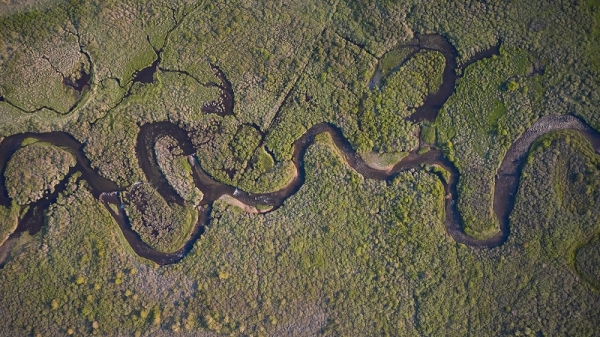The simulation, published Jan. 6 in the journal Nature Water, shows that rainfall and snowmelt flow much farther underground than previously understood and that more than half the water in streams and rivers originates from aquifers once thought to be so deep as to be walled off from streams. These unexpected findings have major implications for tracking pollution and predicting the effects of climate change on groundwater, which supplies half of all drinking water in the United States.
Spanning the continental United States and parts of Canada and Mexico, the simulation tracks the flow of groundwater and measures the vast distances and depths it travels before discharging into streams across more than 3 million square miles (7.85 million square kilometers). The researchers accomplished this with a high-resolution hydrological simulation that allowed them to track the water moving through underground systems.
The research team included Reed Maxwell, Princeton’s William and Edna Macaleer Professor of Engineering and Applied Science and a professor at Princeton’s High Meadows Environmental Institute; Chen Yang, a former associate research scholar at Princeton (now at Sun Yat-sen University in China); and University of Arizona professor Laura Condon.
An aerial view of the Taylor Park watershed in Gunnison County, Colorado. (Photo Credit: Drew Bennett)
Health Sci/Tech Top Stories

